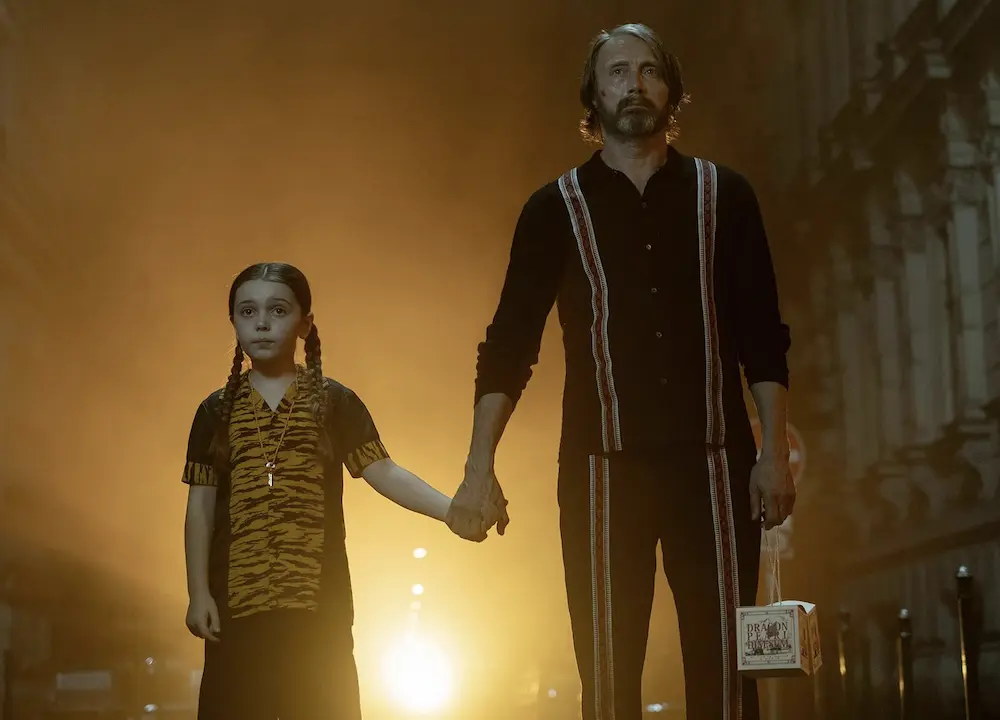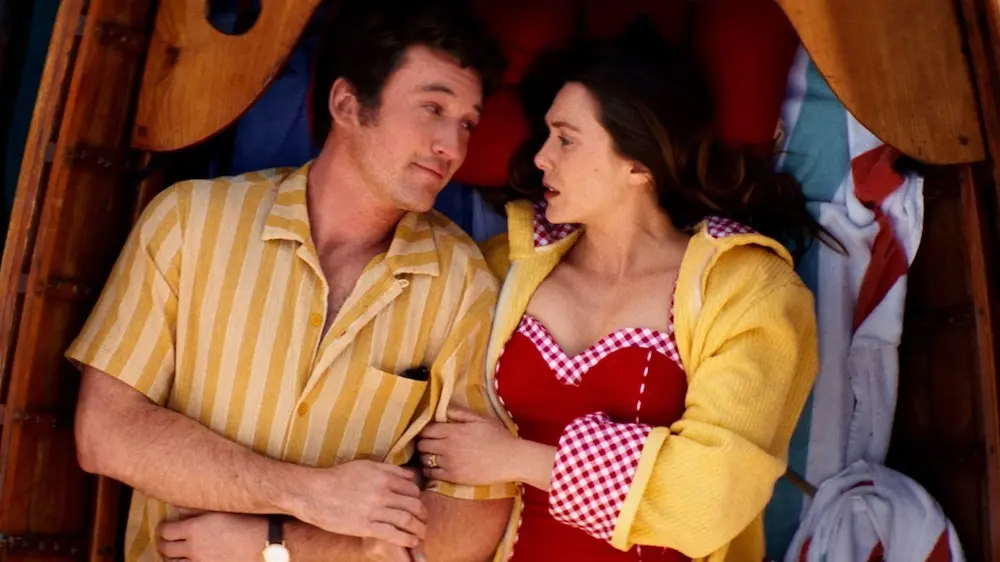Imagine if the president of the United States was considered by the U.S. citizenry to be a living god—an actual god walking the earth. The very concept boggles the mind. But so it was with Emperor Hirohito of Japan; his deification reflected the ancient heritage of emperors considered to be as divine as they were human. This was not only an Eastern tradition. The same was true with Western kings and queens although the legacy weakened over time.
Popcorn and Inspiration: 2012’s ‘Emperor’: Japan’s Emperor Offered Himself to Be Punished
Imagine if the president of the United States was considered by U.S. citizenry to be a living god.

Mark Jackson
Film Critic
|Updated:
Mark Jackson is the senior film critic for The Epoch Times and a Rotten Tomatoes-approved critic. Mark earned a bachelor's degree in philosophy from Williams College, followed by classical theater conservatory training, and has 20 years' experience as a New York professional actor. He narrated The Epoch Times audiobook "How the Specter of Communism Is Ruling Our World," available on iTunes, Audible, and YouTube. Mark is featured in the book "How to Be a Film Critic in Five Easy Lessons" by Christopher K. Brooks. In addition to films, he enjoys Harley-Davidsons, rock-climbing, qigong, martial arts, and human rights activism.
Author’s Selected Articles




